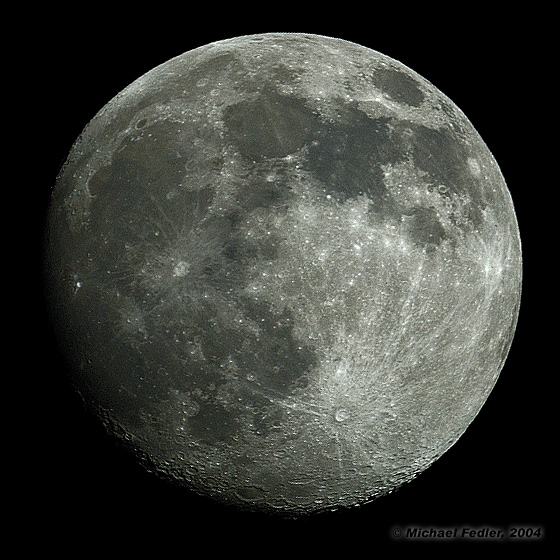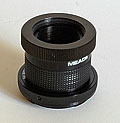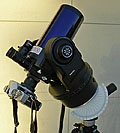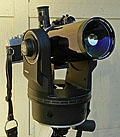|
|
|
||||||||||||||||||
|
|
|
|
|
||||||||||||||||
|
|
|
|
|
||||||||||||||||
|
|
|
|
|
||||||||||||||||
|
|
|
||||||||||||||||||
|
|
|
|
|
|
|||||||||||||||
|
|
|
|
|||||||||||||||||
|
|
|
||||||||||||||||||
|
|
|
||||||||||||||||||
|
|
|
|
|
|
|
||||||||||||||
|
|
|
||||||||||||||||||
|
|
|
||||||||||||||||||
|
|
|
|
|
 |
|
||||||||||||||
|
|
|
|
|||||||||||||||||
|
|
|
|
|||||||||||||||||
|
|
|
 |
|
||||||||||||||||
|
|
|
|
|||||||||||||||||
|
|
|
|
|
|
|
|
|
|
|
|
|
|
|
|
|
|
|
|
|
|
|
|
||||||||||||||||||
|
|
|
|
|
||||||||||||||||
|
|
|
|
|
||||||||||||||||
|
|
|
|
|
||||||||||||||||
|
|
|
||||||||||||||||||
|
|
|
|
|
|
|||||||||||||||
|
|
|
|
|||||||||||||||||
|
|
|
||||||||||||||||||
|
|
|
||||||||||||||||||
|
|
|
|
|
|
|
||||||||||||||
|
|
|
||||||||||||||||||
|
|
|
||||||||||||||||||
|
|
|
|
|
 |
|
||||||||||||||
|
|
|
|
|||||||||||||||||
|
|
|
|
|||||||||||||||||
|
|
|
 |
|
||||||||||||||||
|
|
|
|
|||||||||||||||||
|
|
|
|
|
|
|
|
|
|
|
|
|
|
|
|
|
|
|
|
|

"Click on any of the small pictures below to view a larger version"
| Please keep in mind that I am not an astronomy buff so my knowledge of astronomy is pretty basic. I just like looking through a telescope from time to time. If you ask me questions about astronomy I will likely give you an answer that any other guy on the street would give. |
 |
This picture shows the Meade T-mount adapter tubes with the Nikon T-mount ring now attached. This whole setup can now be attached to the backend of the telescope. |
 |
Here is a close-up view of the setup. All individual components can be seen in this view except for the tripod. |
 |
The only reason I am showing this view is so that you can see the front of the telescope. |
|
To take the moon picture I set up the telescope as shown above in my front yard. I set the telescope up in the automated tracking
mode but was unable to line it up accurately. I didn't really need the automated tracking anyway. I aimed the telescope at the
moon and first looked at it through the eye piece. I then flipped internal mirror control knob so that the image would be
displayed to the camera. I then refocused using the camera's eye piece. I also set the camera to manual mode and set the
shutter speed to 1/250th of a second just as a guess as a starting point. Originally I had the ISO setting of 200 but found ISO
400 to be more appropriate. I positioned the moon in the center of the viewing field and took several pictures. I did this several
times, each time repositioning the image and reshooting the picture. The reason I did this was to ensure that the entire moon
would be captured since it filled almost the entire camera's viewing field. I also wanted to take several pictures to have a
better change of obtaining one picture that did not have blurring caused by camera shake. I used the Nikon ML-L3 remote control
to fire the camera so that I did not need to touch the camera. This was to keep the telescope from shaking from me touching it.
After taking multiple pictures, I loaded the files into my computer and selected one of the ones I liked. I then adjusted the brightness and contrast to my liking. I then applied some unsharp mask to bring out the detail. I resized the image down to 30% of the original size so that it would be easy to display on the web. I also did one more unsharp mask after the image was resized to bring back the detail that was lost during the resize process. |
© Michael Fedler 1997 - 2024